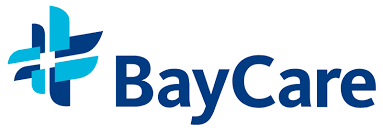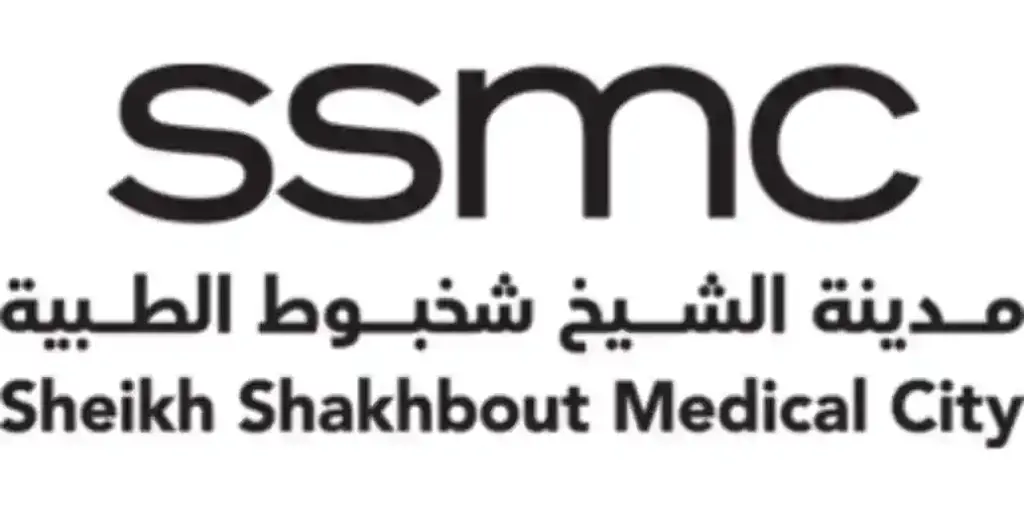Reducing the Length of Stay (LoS) in hospitals is of paramount importance in modern healthcare systems. Shorter hospital stays lead to significant cost savings and reduce the potential for hospital acquired conditions and infections for patients. Consequently, outcomes are improved, costs are reduced and resource availability and utilization are improved.
Reducing LoS alleviates strain on hospital resources by freeing up beds and staff for other patients. Furthermore, it enhances the overall patient experience by minimizing disruption to their daily lives and promoting a quicker return to normalcy.
Hospitals that prioritize length of stay reductions often achieve improved patient outcomes, increased efficiency, and greater patient satisfaction, contributing to the overall success and sustainability of their services.
Many of our partner hospitals have seen significant improvements in their length of stay, coupled with other benefits after implementing Structured Interdisciplinary Bedside Rounds (SIBR® rounds).
Have some questions? Simply select a date and time on our booking calendar to schedule a time to learn more about 1Unit and what we offer!
Here’s what you can expect during our discovery call:
“I was skeptical at first — I’ve done interdisciplinary rounds and it wasn’t a great use of time — but I’m a believer now. SIBR is so quick and efficient, the patients love it, and it makes my whole rest of my day much more streamlined with substantially fewer interruptions.”
– Hospitalist
“I don’t know how … we haven’t done this yet. It just makes sense. It makes sense for patient safety, and for patient advocacy. Just to have the physician there and support me as nurse, and know that he or she has my back and I can communicate face-to-face with that physician. That’s very important to patient safety.”
– RN
SIBR rounds bring the care team together each day to discuss key changes in patient status, new pertinent information and emerging evidence.
Within 3-4 minutes every participant has heard from their colleagues, the patient and their family, if present. Everyone leaves the bedside with their key questions answered and a cohesive holistic plan for the day and plan for discharge shared amongst the team.
Team members, patients and family members know what their tasks are until the team meets again, and how they can each progress the patient to a safe and early discharge.
The incorporation of a quality-safety checklist into our bedside handover process and again in SIBR rounds ensures that common causes of hospital acquired complications are identified and mitigated early, 3 times per day at a minimum. This prevents non-response to treatment or deterioration that can delay patient recovery and discharge.










































While there are strong outcomes across the quadruple aim, SIBR seems particularly strong at improving hospital throughput. This result is consistent with what one might expect from hardwiring a daily interdisciplinary and patient-centered care planning meeting for most inpatients.
Throughput likely improves because SIBR creates a daily moment for the Hospitalist and Care Manager to coordinate discharge planning for most of their shared patients, while also including the bedside nurse, pharmacist (usually), and patient/family in the real-time planning to share info, sanity-check the plan, and solve emerging unknowns that might delay discharge.
Unsurprisingly, SIBR appears to be most impactful for the most complex discharges. Complex discharges benefit most from starting discharge planning earlier in the patient stay, which seems to reduce discharge delays commonly associated with complex discharges.
“Two and a half months ago that [we] implemented [our] first Accountable Care Unit {with SIBR rounds}…
So far this system has had a very positive impact on patient care. On average patients on this unit are heading home two and a half days earlier.
– Hospital President and CEO
What next?
Seeing is Believing
Knowledge is Power
The Wise Learn from the Wise
© 2024 • 1Unit • All rights Reserved.